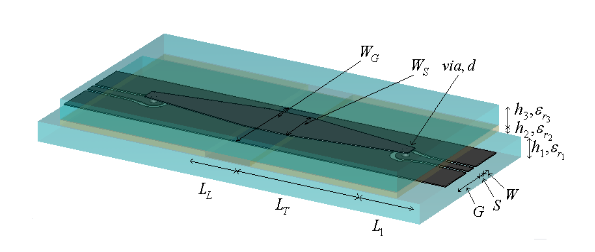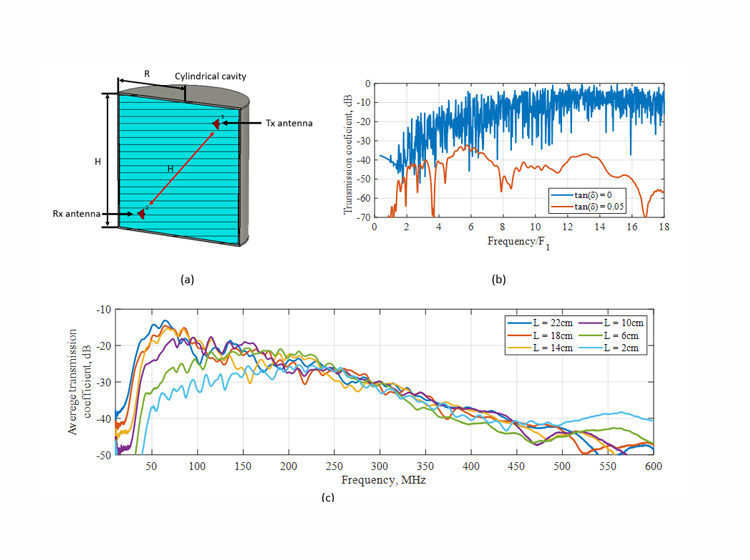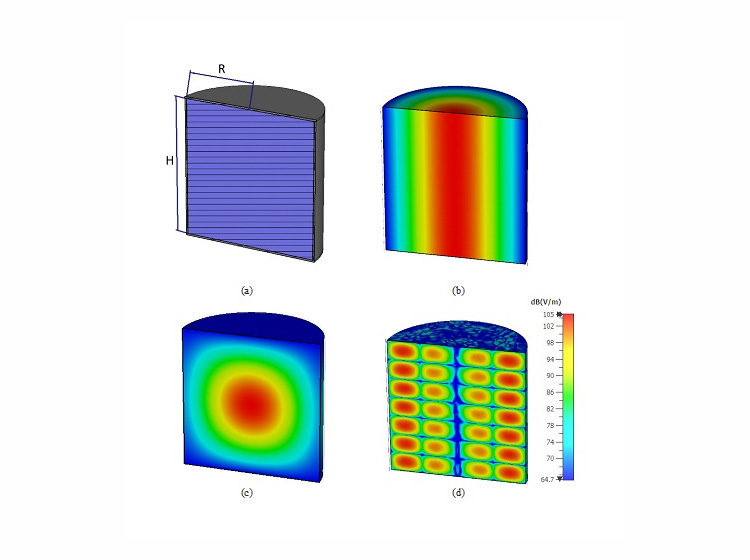In this paper/study we report on an analytical method to extract complex relative dielectric permittivities of multi-layered dielectric substrates used to construct Thin-Film (thicknesses below skin depth) Microstrip Line (TFML) structures. Electrically thin conductors, due to their finite conductivity, exhibit extraordinary conductor and radiation losses, with a dispersion relationship non-consistent with standard, thick conductors. In essence, thin conductors exhibit a slow-wave behavior, similar to high k dielectrics. In this aspect, separating the contributions of the thin conductors and dielectric substrates on wave propagation on TFML is a challenging task at best. Several attempts have been to address this difficult task, however with very little success.
In combination with the unknown dielectric parameters of substrates, the problem appears impossible to solve. However, by employing mapping techniques and transforming the problem of unknown dielectric parameters of a TFML to a problem of unknown dielectric parameters of a Parallel-Plate Wave-Guide (PPWG), we were able to separate the contributions of the thin conductors and dielectric substrates on wave propagation. Our analysis and measurements indicate that the accuracy of the proposed technique is between 5% (wide TFML, W/H = 80) and 15% (narrow TFML, W/H = 5).
The results are of tremendous importance to the already deploying 5G systems and forthcoming 6G systems, both of which stipulate the use of high frequencies (FR2 – 28&39 GHz for 5G), while even higher frequencies are predicted for 6G. The primary reason for this lies with the trend towards the usage of thin conductors as telecommunications hardware (such as filters and antenna) becomes smaller as frequency increases. Therefore, taking into account the effect of thin conductors is mandatory as frequency increases.

Fig. 1 Cross section of TFML



Leave a Reply